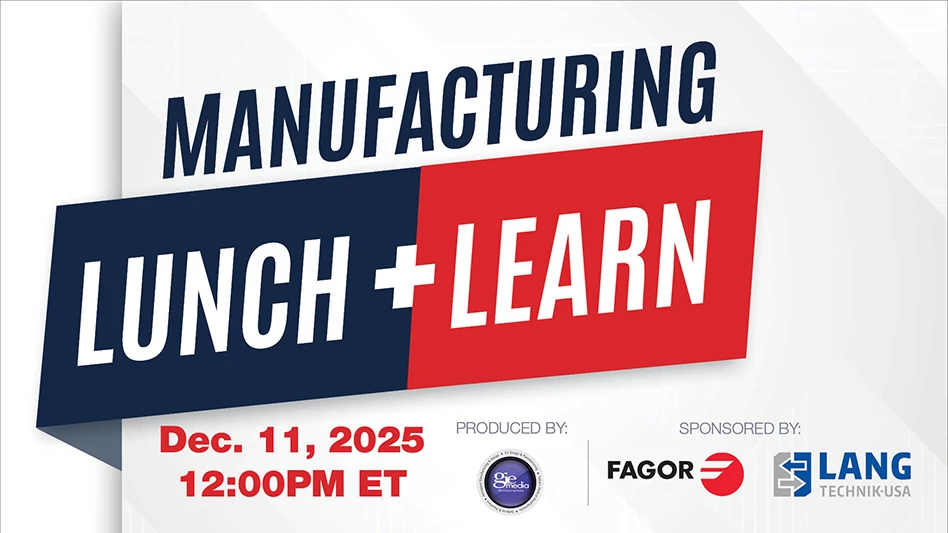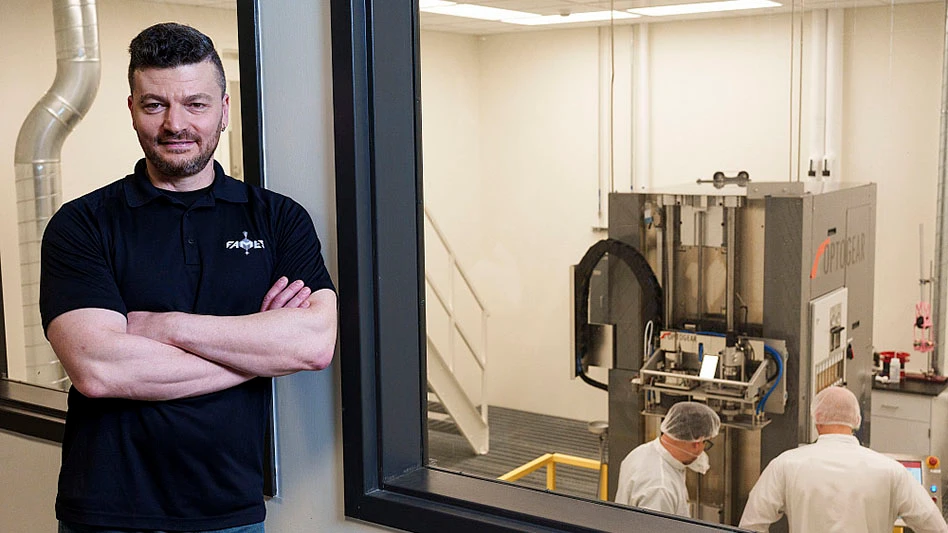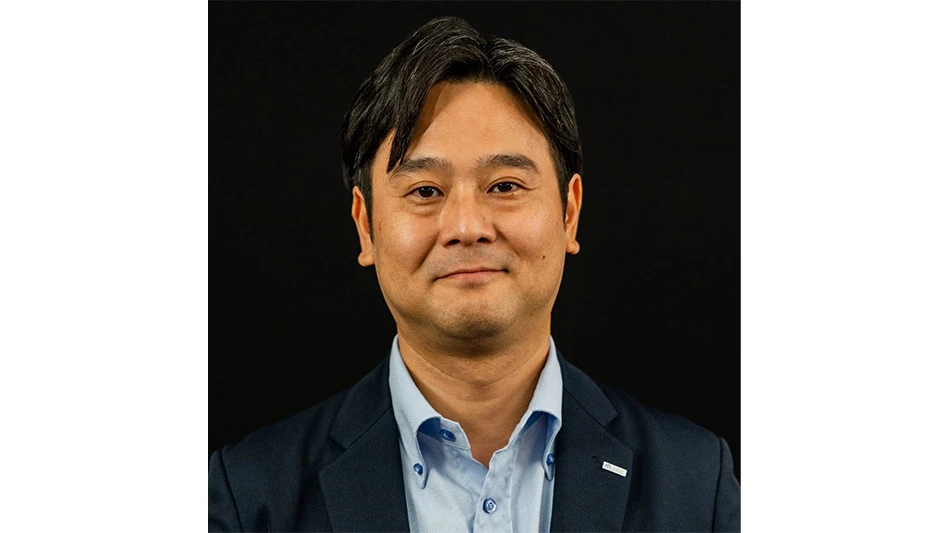
When mechanical and structural engineers design machines, bridges, and buildings, they calculate loads, stresses, and deformation of metal, steel, concrete, glass, wood, and plastic to find the optimal geometry bearing loads with the minimum cost of material.
Designing for relatively hard materials that don’t deform too much is commonly handled by software calculating and optimizing structures using well understood and easily applied mathematical models.
But there’s an expanding class of design challenges for things incorporating soft materials – biological materials, engineered tissues, membranes, and even shape-shifting fluids responding to electromagnetic fields. Predicting how these soft and fluidic materials respond to forces is more challenging than predicting the behavior of hard materials. Real world applications can include design of artificial hearts and heart valves or robot materials mimicking flesh and soft tissue.
To meet this challenge, a Tufts research team led by Tim Atherton, professor of physics, created Morpho, an open-source programmable environment enabling researchers and engineers to solve shape optimization problems for soft materials. The software is meant to be easy to use, free to use, and applicable to a broad range of scenarios. Among the team developing the software were James Adler, professor of mathematics, and Chaitanya Joshi, a postdoctoral scholar in physics.
“Many things that are interesting in science and engineering are shape optimization problems,” Atherton says. “Traditional modeling packages are used for geometric optimization of rigid structures and aren’t usually designed to solve shape optimization problems for soft materials,” he notes. “Engineers typically have to come up with their own mathematical formulations for soft materials, which can be challenging. Morpho provides a set of tools to help anyone conveniently solve these problems.”
Soft materials have an inherent complexity in their response to their environment. Membranes, for example, can be susceptible to compression, liquid flows, pressure, and vibrations. Particulate material can experience random turbulence when in motion. Their final shape can be very different from their starting point, and less predictable relative to rigid structures.
The Morpho program models the soft materials with a process known as finite elements, mathematically dividing them into small, simple shapes (2D or 3D shapes such as triangles or tetrahedrons), while equations modeling material properties, forces, and boundary constraints are generated for each node around the shapes. Then the whole system of equations is solved to predict the optimal shape of the system.
Morpho can also model heterogeneous systems including hard and soft components. For example, a cardiovascular stent is a metal mesh surrounded by the soft tissue of the heart and arteries. Researchers can get a better idea of a stent’s expected performance using the Morpho modeling software.
“You don’t really need a lot of training on the program to tackle complex problems,” Atherton says. “I’ve seen undergrads within a couple of weeks of learning Morpho use the package to solve research grade problems, which is amazing.”
Tufts University
https://www.tufts.edu/

Explore the July 2025 Issue
Check out more from this issue and find your next story to read.
Latest from Today's Medical Developments
- Battelle awards $900,000 in STEM education grants to Ohio schools
- #55 Lunch + Learn Podcast with KINEXON
- Starrett and Gerstner offer limited edition, American made 1950s replica wooden machinist tool chests
- EMCO’s UNIVERSALTURN 50: The new benchmark in universal turning
- Archetype's Expertise for Equity accelerates early-stage innovation
- Stratasys expands its AM solutions with Tritone's cutting-edge technology
- Xact Metal launches the XM200G µHD metal printer
- #77 Manufacturing Matters - Supply Chain - Smoothing Out or Something Else? with Lisa Anderson





